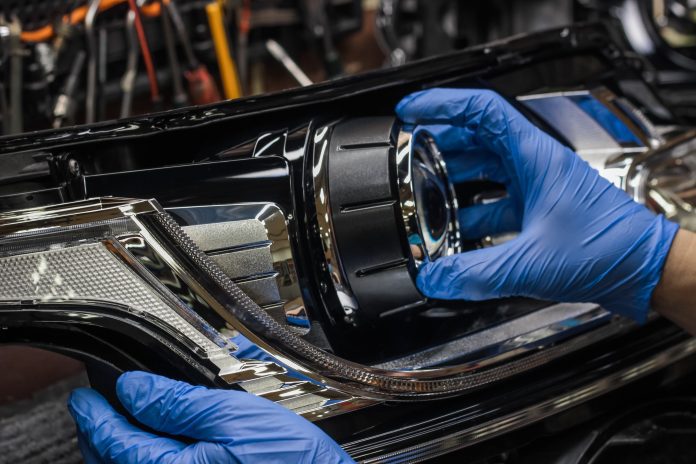By integrating modern technologies into classic cars, drivers can enjoy the best of both worlds—timeless design with contemporary functionality. Let’s explore the growing market for retrofitting older vehicles, focusing on integrating advanced safety features, infotainment systems, and eco-friendly modifications.
The Growing Market for Retrofit Technologies
The rising cost of new cars makes retrofitting an attractive option for budget-conscious consumers. Also, among owners of classic cars, upgrading technologies makes driving their vehicles much more enjoyable. Lastly, a growing emphasis on sustainability and reducing waste encourages repurposing existing vehicles through modern powertrain upgrades.
Advanced Safety Features
One of the most compelling reasons to retrofit an older vehicle is the addition of advanced safety features. Technologies such as adaptive cruise control, lane departure warning systems, and blind-spot detection care are available to enhance classic cars’ safety. This is not a new trend—Consumer Reports was touting an aftermarket forward collision and lane departure warning system ten years ago.
Infotainment Systems
Modern infotainment systems are another popular upgrade for older vehicles. These systems include touchscreen displays, advanced navigation, smartphone integration (such as Apple CarPlay and Android Auto), and high-fidelity audio. Upgrading to a modern infotainment system dramatically improves the driving experience by enhancing convenience, connectivity, and entertainment options. With an investment of between $400 and $850, drivers can enjoy seamless access to navigation, music, and hands-free communication, making their classic cars as functional and enjoyable as modern vehicles.
Eco-Friendly Modifications
With growing environmental concerns, eco-friendly modifications have become crucial to retrofitting older cars. One of the most popular ways to convert combustion-engine vehicles to electric power is by employing Tesla motors and battery packs. After the initial investment, these modifications offer significant environmental benefits, such as reducing the carbon footprint and lower operating costs. In most cases, the EV conversion offers a considerable bump in power and performance. Owners contribute to global sustainability efforts by adopting eco-friendly retrofits while enjoying the economic advantages of reduced fuel consumption and lower emissions.
Real World Examples
Numerous successful retrofitting projects demonstrate the viability and benefits of upgrading older vehicles. For instance, several classic cars have been transformed with state-of-the-art safety features and infotainment systems, receiving positive feedback from owners. Companies specializing in retrofit technologies, like EV West and Zero Labs, have garnered attention for their innovative approaches to modernizing vintage vehicles. These real-world examples highlight the practical advantages achievable through retrofitting.
Challenges and Considerations
While retrofitting offers many advantages, it is not without challenges. Potential obstacles include compatibility issues between old and new parts, the cost and availability of specific components, and navigating legal and regulatory requirements. However, the U.S. Department of Energy website states that no EPA or California Air Resouce Board (CARB) needs to be certified.
Consumers considering retrofitting should conduct thorough research and planning, choose reputable service providers, and carefully assess the cost-benefit ratio. Understanding these factors can help ensure a successful and satisfying retrofit experience.
Conclusion
Retrofitting older vehicles with modern features is a growing trend combining the past and present. By adding advanced safety technologies, modern infotainment systems, and eco-friendly modifications, owners can enjoy the aesthetics of classic cars with the benefits of contemporary innovations. Retrofit technologies preserve the automotive heritage and pave the way for a more sustainable and enjoyable driving experience.



